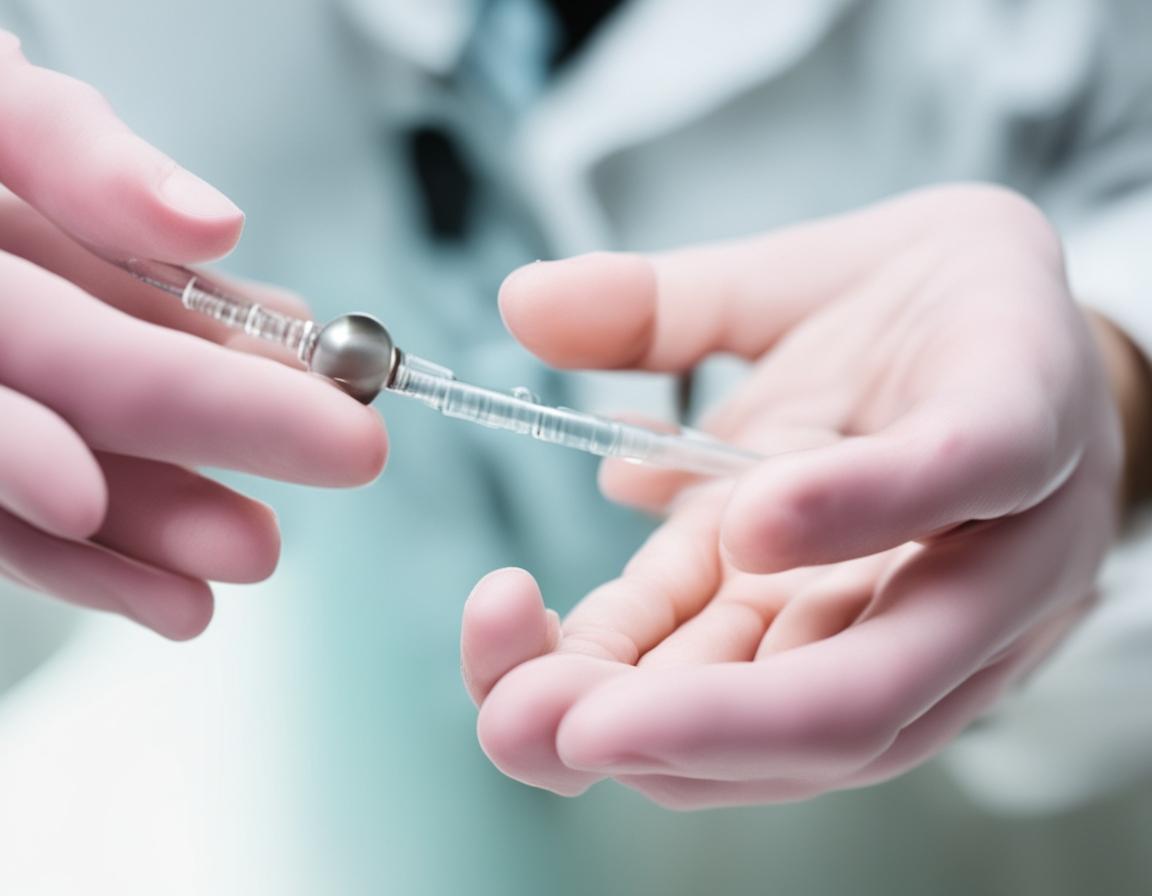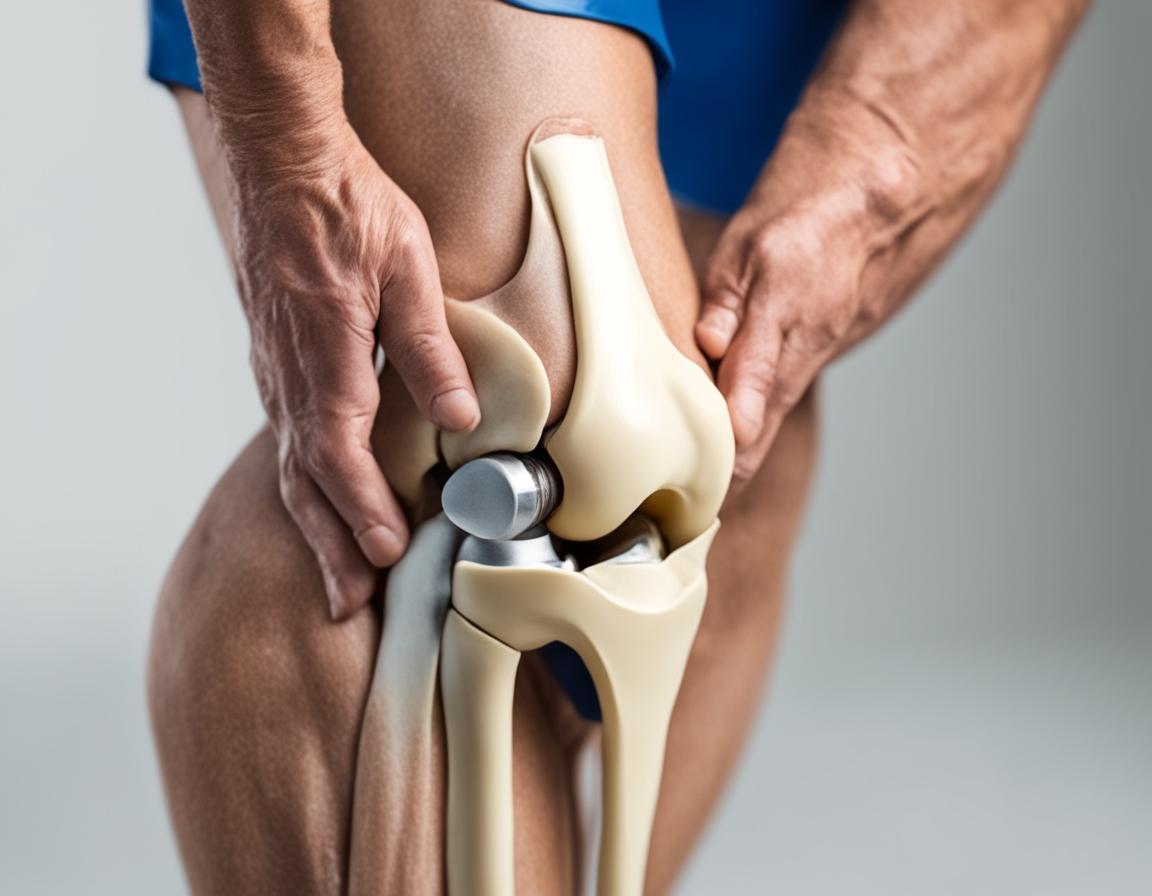
Male vs Female Infertility: Understanding the Differences
Infertility affects millions of couples worldwide, posing profound emotional and physical challenges. It is a shared issue, with both men and women contributing roughly equally to the causes of infertility. However, the underlying reasons, diagnostic processes, and treatment options differ significantly between male and female infertility.
Understanding these differences is vital for couples seeking effective, targeted fertility care. This comprehensive guide explores the causes, evaluation, and treatment distinctions between male and female infertility in 2025.
What Is Infertility?
Infertility is medically defined as the inability to conceive after 12 months of regular, unprotected intercourse. For women over age 35, this clinical window may shorten to six months given the natural decline in fertility.
About 40-50% of infertility cases involve male factors, while a similar proportion involves female factors. In many couples, both partners have contributing fertility issues.
Causes of Male Infertility
Male infertility primarily arises from problems affecting sperm production, function, or delivery. Common causes include:
1. Low Sperm Count (Oligospermia)
Defined as fewer than 15 million sperm per milliliter of semen, a low sperm count reduces the likelihood of reaching and fertilizing the egg.
2. Poor Sperm Motility
Sperm motility—the ability of sperm to swim effectively—is critical for fertilization. Reduced motility, despite normal counts, can hinder conception.
3. Abnormal Sperm Morphology
Irregularly shaped sperm may fail to penetrate the egg, whether due to genetic factors or environmental exposures.
4. Hormonal Imbalances
Hormones such as testosterone, luteinizing hormone (LH), and follicle-stimulating hormone (FSH) regulate sperm production. Conditions like hypogonadism impair these functions.
5. Varicocele
Enlarged veins in the scrotum increase temperature and disrupt sperm production, a common, treatable cause of infertility.
6. Infections and Sexually Transmitted Infections (STIs)
Infections like chlamydia or gonorrhea can damage reproductive structures, causing blockages or impairing sperm health.
7. Lifestyle and Environmental Factors
Smoking, excessive alcohol, obesity, exposure to heat or toxins, and chronic stress negatively impact sperm quality.
Causes of Female Infertility
Female infertility is often related to ovulation disorders, reproductive tract abnormalities, and egg health. Common causes include:
1. Ovulatory Dysfunction
Conditions like polycystic ovary syndrome (PCOS) and thyroid imbalances affect egg release, reducing fertility.
2. Tubal Factors
Blocked or damaged fallopian tubes from infections, endometriosis, or prior surgery can prevent fertilization.
3. Uterine Abnormalities
Fibroids, polyps, scarring, or congenital malformations interfere with implantation and pregnancy maintenance.
4. Diminished Ovarian Reserve
Age-related decline or premature ovarian failure leads to reduced egg quantity and quality.
5. Endometriosis
Endometrial tissue growth outside the uterus causes inflammation and damage, impacting fertility.
6. Hormonal Imbalances
Abnormalities in progesterone, estrogen, or pituitary hormones can disrupt menstrual cycles and implantation.
7. Lifestyle and Environmental Factors
Similar to men, smoking, poor diet, stress, and exposure to toxins affect female fertility.
Diagnostic Differences
-
Male Evaluation: Primarily involves semen analysis to assess sperm count, motility, and morphology. Additional tests include hormonal assays, genetic screening, and imaging (scrotal ultrasound).
-
Female Evaluation: More complex, involving pelvic ultrasound, hormone level tests, ovulation tracking, hysterosalpingography (to assess fallopian tubes), and sometimes laparoscopy.
Treatment Approaches
Male Infertility Treatments
-
Lifestyle modifications (stop smoking, lose weight, reduce toxin exposure).
-
Medical therapies to correct hormonal issues.
-
Surgical repair (e.g., varicocelectomy).
-
Assisted reproductive technologies (ART) like ICSI (intracytoplasmic sperm injection).
-
Sperm retrieval techniques in cases of obstruction or azoospermia.
Female Infertility Treatments
-
Ovulation induction with medications (e.g., clomiphene, gonadotropins).
-
Surgical interventions for tubal blockage or endometriosis.
-
ART including IVF (in vitro fertilization).
-
Lifestyle changes and management of underlying health conditions.
Emotional and Social Impact
Infertility impacts emotional well-being and relationships for both genders, though women often bear a disproportionate burden of treatment and societal expectations. Shared counseling and support remain crucial.
Conclusion
Male and female infertility each contribute about half of infertility cases, but they arise from distinctly different biological mechanisms and require tailored evaluation and treatment strategies. Understanding these differences is critical for effective intervention and compassionate care. If conception is delayed beyond a year of trying (or six months for older women), professionals recommend timely fertility assessment for both partners to identify and address issues accurately.
With advances in reproductive medicine in 2025, many causes of infertility are now treatable, offering hope to countless couples worldwide.










